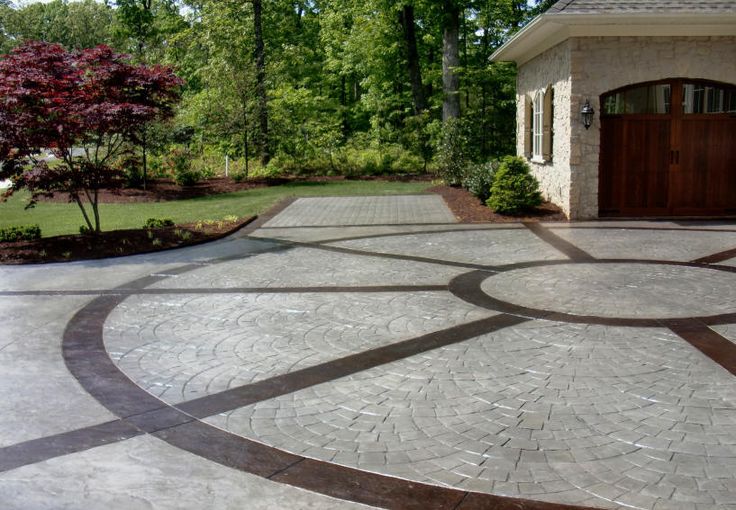Protect decorative surfaces such as stamped or stenciled concrete by applying a concrete sealer. Concrete stamped or stenciled externally is often exposed to weather, sun, and rain, making it vulnerable to fading and other structural issues. Concrete or cement is porous and will absorb moisture and chemicals if left untreated.
Both stenciled and stamped decorative concrete techniques look similar. They use patterns to make it look like natural materials such as bricks, cobblestones, or stone. The pattern material used varies. Stenciled decorative concrete Gold Coast at http://coulsonsconcretefinishes.com.au/ uses disposable paper stencils, while stamped concrete uses rubber design mats. Stencils can also produce distinctive grout lines because the color is added to the concrete after it is placed.

Image Source: Google
Different types of sealers can be used on both external surfaces. There are two types of sealers: film-forming sealers and penetrating sealers. These sealers can be referred to as repellents or breathable. By creating a barrier, film-forming sealers protect the concrete’s surface. This prevents moisture and chemicals from getting absorbed into the concrete.
By penetrating the concrete and binding it, breathable coatings protect concrete from the interior. This sealer is recommended for driveways and pool decks as they are less slippery than film-forming sealers. Penetrating sealers give a matte finish, while film-forming sealers give off a shiny finish. Both can be oil- or water-based.
There are several things you need to keep in mind when applying sealers to stamped or stenciled concrete. Clean the surface of stamped and stenciled concrete. It is crucial to identify the type of sealer that was used when resealing. Otherwise, it will not bond with concrete surfaces.